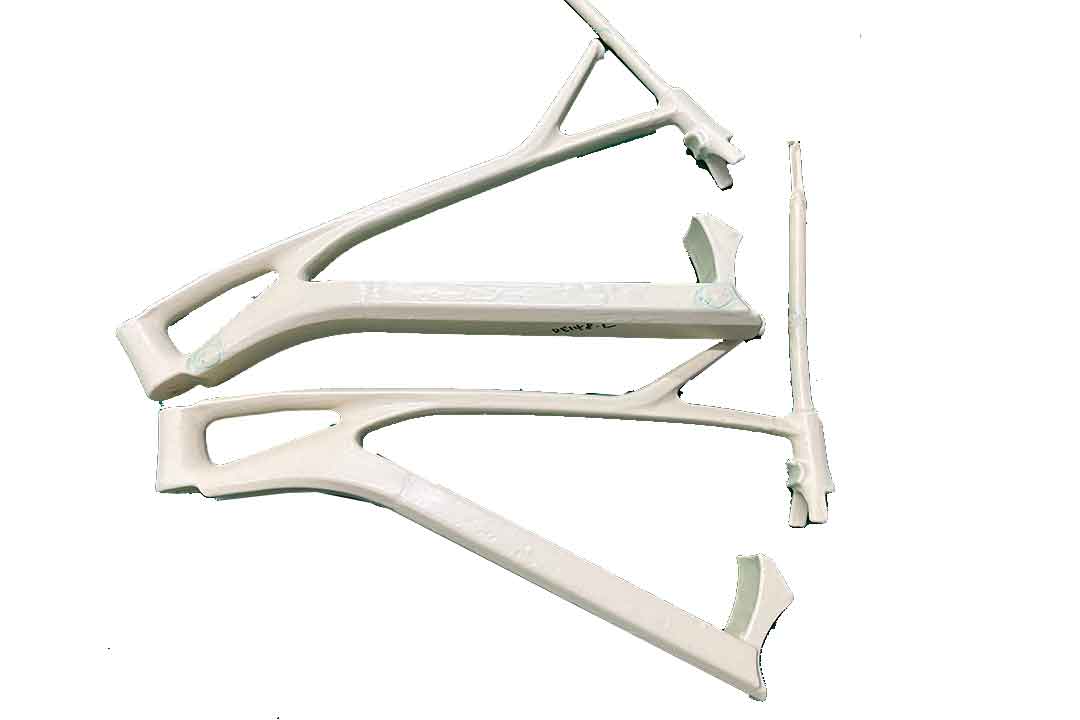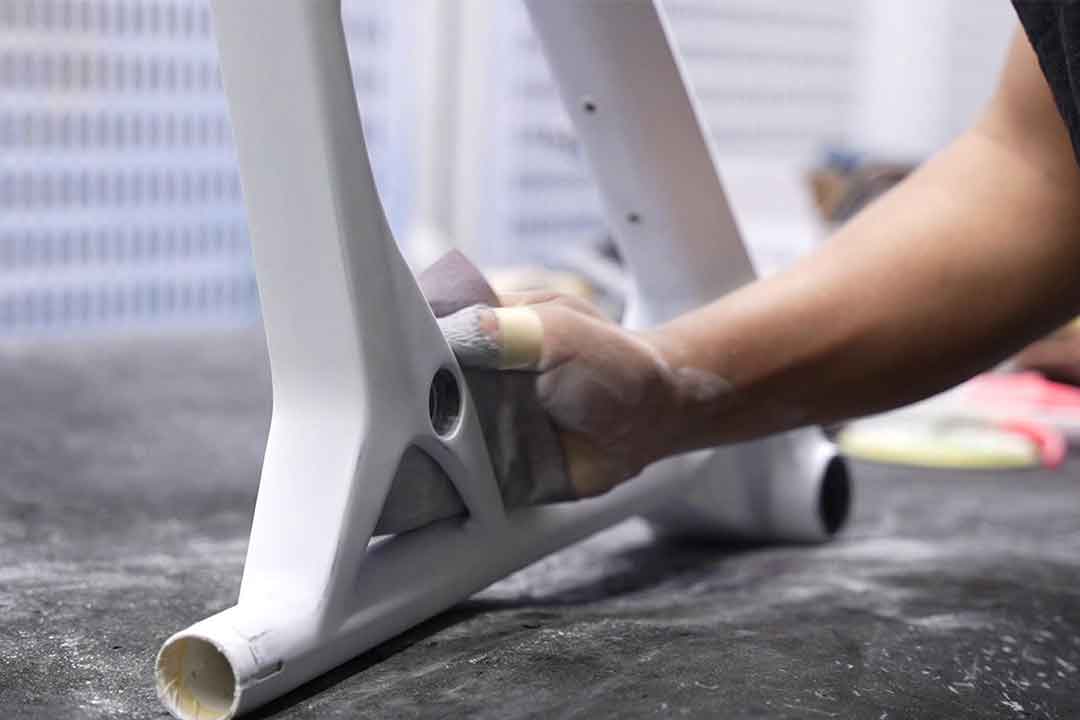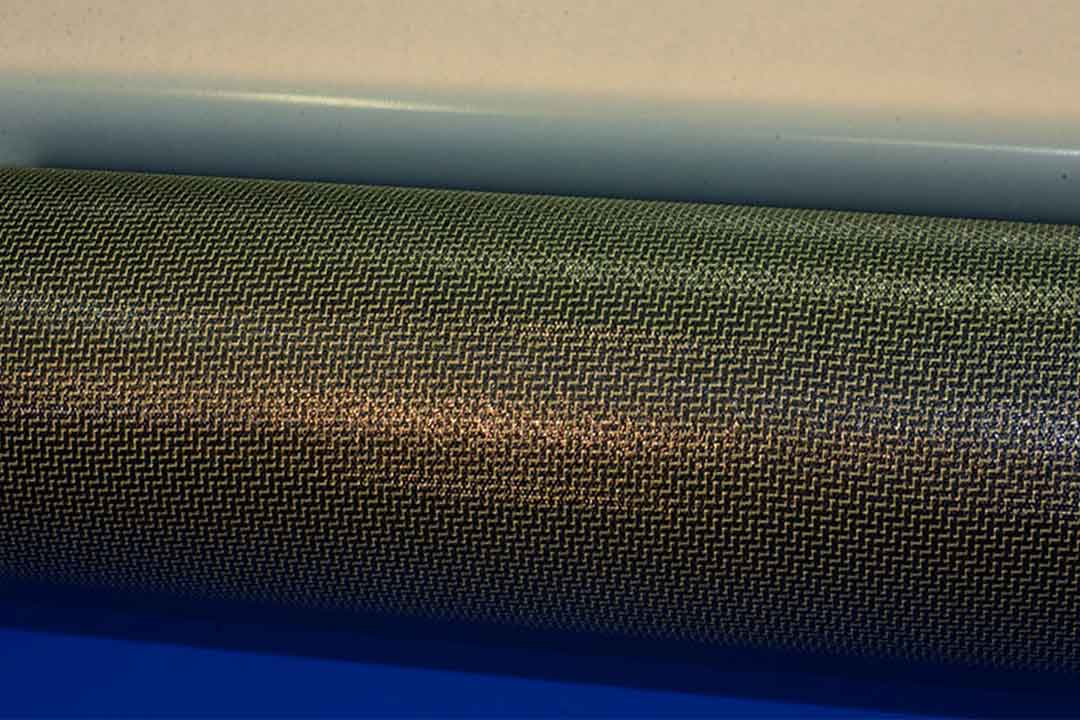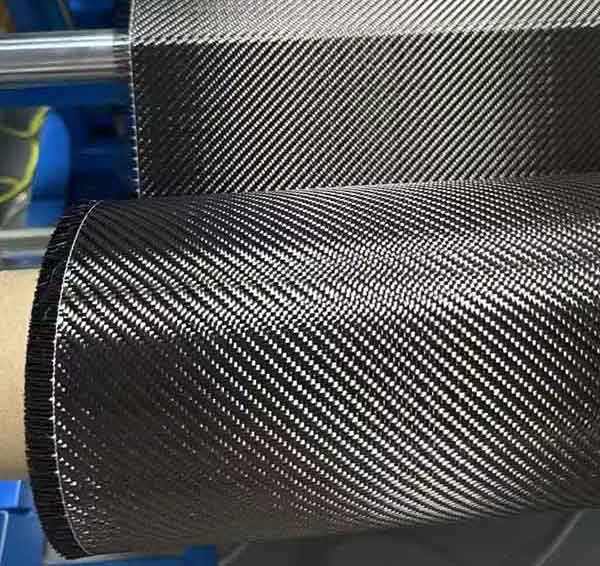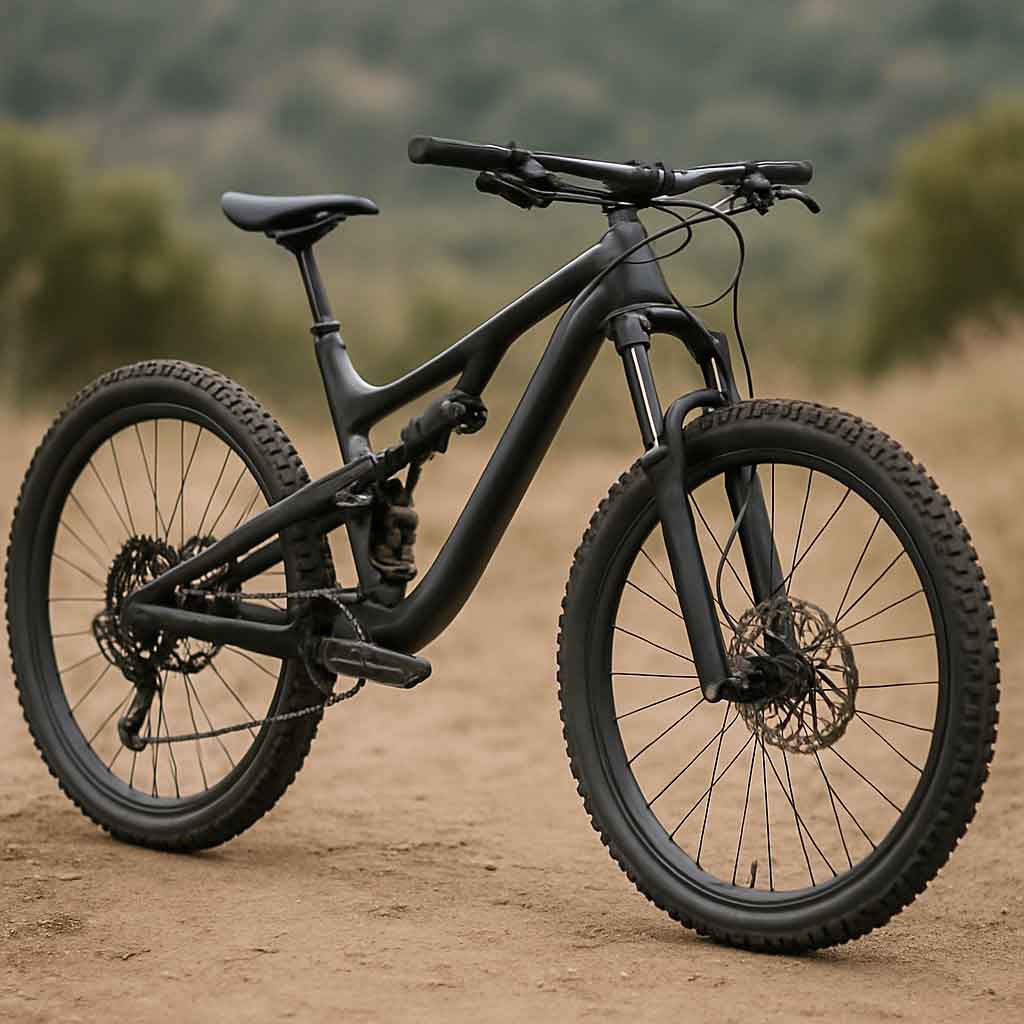Welcome to Mondince Bike - A well-known factory specialized in produce carbon bike frame and other parts since 2007.
How to Maintain Your Gravel Bike Fork
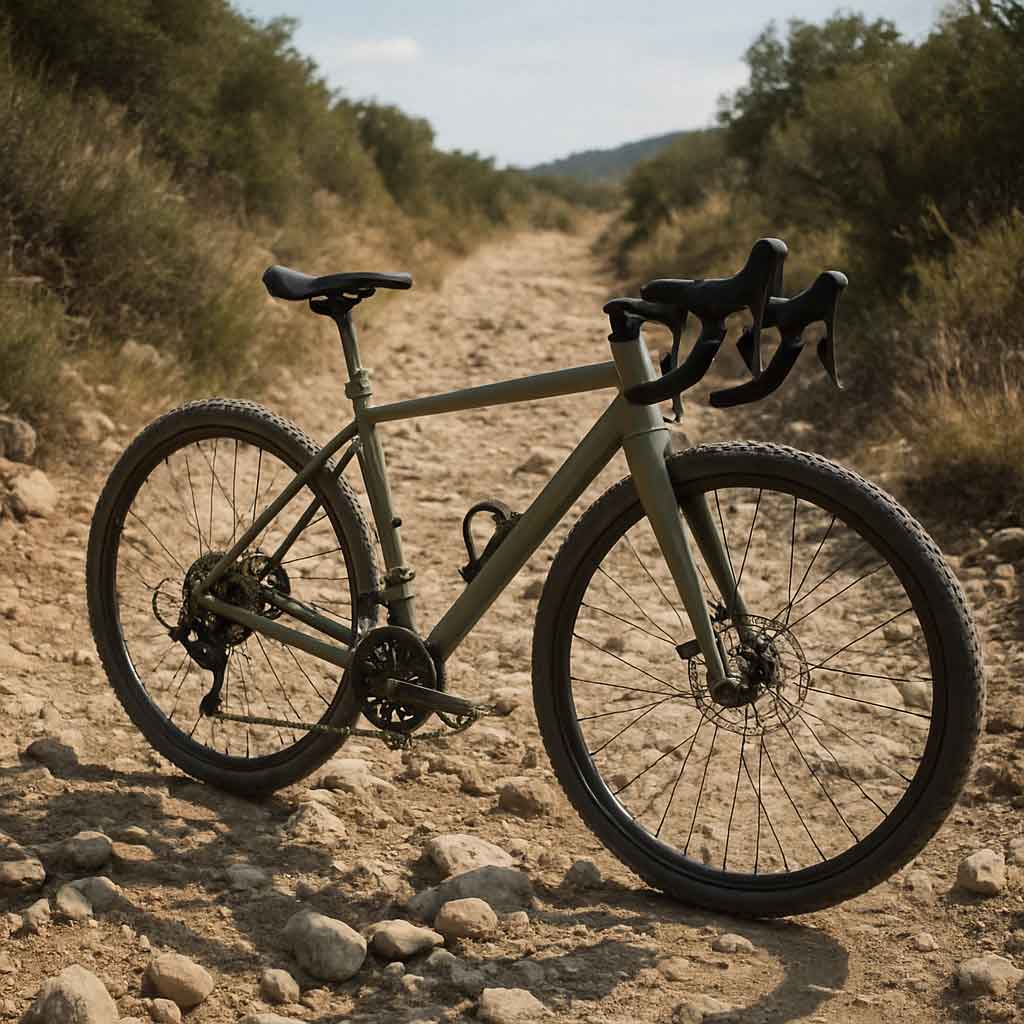
Understanding Your Gravel Bike Fork
Before diving into maintenance, it's important to understand what makes up your gravel bike fork. The fork is a critical component that connects the front wheel to the frame, allowing for steering and absorbing shocks from the terrain. Understanding its components and functions will help you in maintaining and troubleshooting any issues. There are several types of forks to consider, each with its unique characteristics and maintenance needs.
Types of Gravel Bike Forks
- Carbon Gravel Fork: Known for its lightweight and stiffness, a carbon gravel fork is a popular choice for those seeking performance. It absorbs vibrations well, making it suitable for rough terrains. Carbon forks are generally more expensive but offer excellent ride quality and efficiency. They require careful inspection for damage, as cracks can compromise their integrity.
- Gravel Suspension Fork: Offers additional cushioning, which is ideal for more aggressive and uneven trails. This type of fork helps in reducing fatigue and improves control, making it an excellent choice for long rides over unpredictable surfaces. Maintenance involves checking the suspension system regularly to ensure it's functioning correctly and providing the necessary damping.
- Road Bike Suspension Fork: Typically seen on road bikes but can be adapted for gravel bikes. It provides a balance between comfort and performance, making it a versatile option for those who ride on varied terrains. While not as robust as dedicated gravel forks, they can offer a smoother ride on less technical trails and require similar maintenance to ensure longevity.
Understanding the type of fork you have is essential for proper maintenance. Each type has specific needs and characteristics that dictate how it should be cared for to ensure optimal performance and safety.
Routine Maintenance for Your Gravel Bike Fork
Regular maintenance will extend the life of your fork and ensure a smooth ride. Consistency in care can prevent many common issues that arise from neglect or improper handling. Here are some steps to keep your fork in optimal condition, helping you avoid costly repairs and ensuring a reliable riding experience.
Cleaning Your Fork
- Regular Cleaning: Dirt and grime can accumulate on your fork, particularly after a muddy ride. Use a soft brush and mild soapy water to clean the fork. Avoid using high-pressure water as it can damage the seals and bushings. Consistent cleaning prevents dirt from embedding in the components, which can cause wear over time.
- Inspect for Damage: While cleaning, inspect the fork for any signs of wear or damage. Look for scratches, dents, or cracks, particularly on a carbon gravel fork. Damage can affect the fork's performance and safety, so early detection is key to preventing failure.
- Lubrication: Apply a suitable lubricant to the stanchions to keep them smooth. This helps in maintaining the fork's performance and longevity. Lubrication reduces friction, ensuring the fork operates efficiently and absorbs shocks effectively.

Checking the Suspension
For gravel suspension forks, regular checks are crucial. Proper suspension maintenance can significantly enhance your riding experience by ensuring the fork responds appropriately to the terrain.
- Air Pressure: Ensure the air pressure is set according to the manufacturer's recommendations. This can vary based on your weight and riding style. Correct air pressure is essential for optimal suspension performance, providing the right amount of damping and support.
- Rebound and Compression Settings: Adjust these settings to match your riding conditions. A well-tuned fork will improve ride quality and control. Experimenting with these settings can help you find the perfect balance for your specific needs.
- Seal and Bushing Inspection: Check for oil leaks or worn seals. Replacing these parts when necessary will prevent further damage and ensure smooth operation. Regular inspections can catch potential issues early, avoiding more extensive repairs in the future.
Advanced Maintenance Tips
For those looking to dig deeper into maintaining their gravel bike fork, here are some advanced tips. These practices require a bit more skill and knowledge but can significantly enhance your fork's performance and lifespan.
Servicing the Fork Internals
- Disassembly: If you're comfortable, disassemble the fork to clean and inspect the internal components. This can be more complex but is necessary for thorough maintenance. Proper disassembly allows you to access hidden parts that might be affecting performance.
- Oil Change: Periodically changing the fork oil will ensure optimal performance. Follow the manufacturer's guidelines for the type and amount of oil to use. Fresh oil maintains proper lubrication and prevents wear on internal components.
- Replace Worn Parts: Over time, bushings and seals may need replacement. Keeping these components in good condition is crucial for the fork's functionality. Regularly replacing worn parts can prevent more significant issues and ensure a smooth, responsive ride.
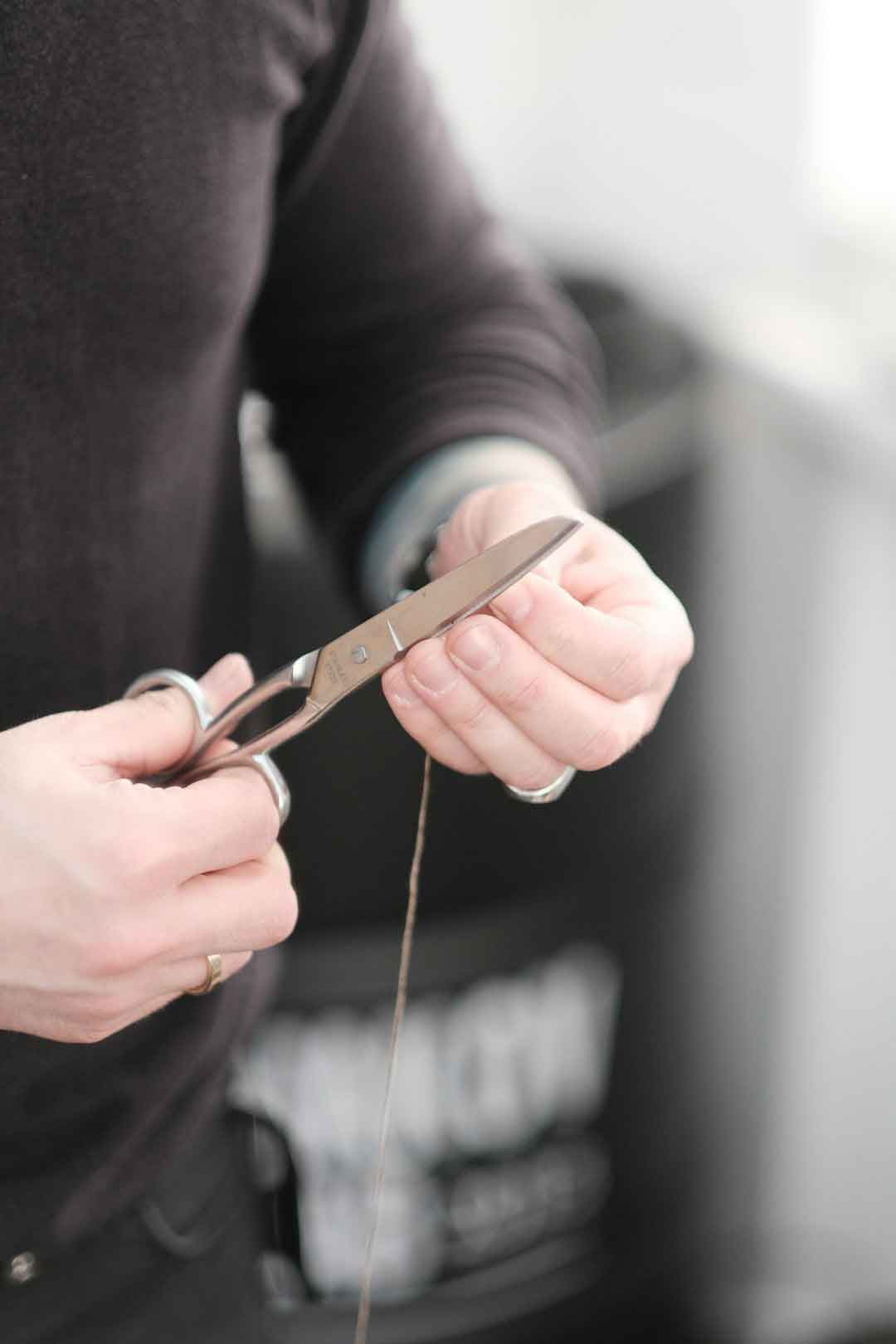
by Ярослав Гринько (https://unsplash.com/@grinko_y)
Upgrading Your Fork
If you're considering an upgrade, here are some options. Upgrading can provide enhanced performance and adapt your bike to more challenging terrains or specific riding styles.
- Best Gravel Suspension Fork: Look for forks that offer adjustable travel and damping. These features can greatly enhance your riding experience by providing tailored suspension performance. Consider your typical riding conditions when selecting a new fork.
- Carbon Gravel Bike Fork: If you have an aluminum or steel fork, upgrading to a carbon gravel fork can reduce weight and improve vibration damping. The lighter weight can enhance acceleration and maneuverability, making it a worthwhile investment for serious riders.
Common Issues and Solutions
Even with regular maintenance, issues can arise. Being able to identify and address common problems can save time and prevent further damage. Here are some common problems and how to address them:
- Noisy Fork: If your fork is making unusual noises, it could be due to loose components or lack of lubrication. Check all bolts and ensure everything is properly tightened. Noise can also indicate internal wear, so consider servicing if the problem persists.
- Stiff or Unresponsive Fork: This can be caused by low air pressure or worn internals. Re-check the air pressure and consider servicing the fork if necessary. Ensuring the fork is properly adjusted can restore its responsiveness and comfort.
- Oil Leaks: Persistent oil leaks indicate worn seals. Replace them promptly to avoid further damage. Leaks can lead to poor fork performance and increased wear on internal parts if not addressed quickly.
Conclusion
Maintaining your gravel bike fork is essential for a safe and enjoyable ride. Regular cleaning, inspection, and servicing will keep your fork performing at its best. A proactive approach to maintenance can prevent many common problems, ensuring your bike is always ready for your next adventure. Whether you're riding on smooth roads or challenging trails, a well-maintained fork can make all the difference.
By following these tips, you can ensure your gravel bike fork remains in excellent condition, providing you with countless miles of adventure. Investing time and effort in maintenance not only extends the life of your fork but also enhances your overall biking experience. Happy riding!



